
 QACS has bagged quite a few projects in Qatar.
QACS has bagged quite a few projects in Qatar.
Established three years ago as a post-tension structural engineering specialist in Doha, Qatar Australian Construction System (QACS) clinched five major orders within its first year of operations.
Today, the company has a total of no less than 18 major projects in its Qatar portfolio, apart from projects in the UAE.
Some of QACS’ ongoing projects in the country include the Grand Regency hotel extension, a six-storey building being developed by Al Asmakh Real Estate, the 22-storey Al Noor Tower for the Al Madar Group, Grand Hyatt hotel for Touristic Investment Company, the 21-storey Al Asiri tower, the seven-storey Umm Ghuwalina Hotel for Sedrat Al Khaleej Company, the 41-storey Al Baker Tower, the Cube House and the 28-storey Al Sahara residential tower and the 27-storey Khalid Tower.
“We have just started work on the Regency hotel extension, which is a highly challenging project. The project entails installing a 34-m span transfer beam on the ground floor of the building. Our post-tensioning services allow beams with a depth of 1 to 2 m to be installed, which would not be possible using conventional methods,” says Khaled Abdel Mawla, operation manager. “We did a similar project for the double-height Grand Hyatt hotel.”
Its first five projects in the Qatar market included the Regency Tower, Al Ghanim Tower, Al Rabban Tower, Al Mana Tower and Al Mirgab Twin Tower.
In a bid to expand its capabilities, QACS has now entered a strategist alliance with Dywidag Systems International (DSI), a world-renowned German company and an international market leader in civil engineering, to use the DSI post-tensioning system for multistrands in bridges and industrial projects, according to Anwar Al Qawasmi, general manager.
Post-tensioning is a method of prestressing reinforcing concrete, masonry, and other structural elements.
Elaborating on post-tensioning, Mawla says: “Prestressed concrete or masonry are elements that have internal stresses and forces induced into it during the construction phase to counteract the anticipated external loads that these elements may encounter during their lifecycle. The use of post-tensioned reinforcing allows thinner concrete sections, longer spans between supports, stiffer walls to resist lateral loads, and stiffer foundations to resist the effects of shrinking and swelling soils.The benefits of putting the concrete into compression also results in slabs and walls that have fewer visible cracks, which can allow the passage of moisture and termites.
“Post-tensioned reinforcing has been used for many decades in bridges, elevated slabs such as parking garages, residential or commercial buildings, residential foundations as well as walls and columns,” he adds.
QACS specialises in post-tensioning, covering both multistrand and slab systems for component design, manufacture and supply; post-tensioning equipment and design and site installation. The company’s wide range of activities also includes formwork design, manufacture and hire of slipforms, jumpforms, table forms and perimeter screens; heavy lift geotechnical and bridge construction technologies, jet and compacting grouting, slab reinforcement, horizontal slab casting and jacking installation, civil structures, high-rise buildings and bridges as well as remedial engineering technologies.
QACS’ post-tensioned slab system comprises a fully-integrated hardware and stressing equipment system of well-designed components which meet the requirements of the appropriate Australian codes (ASA 3600.2000 and ASA 1311), enabling designers and post-tension professionals to specify and use the system with confidence, he says. The QACS stressing components and equipment enjoy an enviable reputation for integrity.
Explaining why post-tensioning is required, Mawla says: “Concrete, masonry and most cement-based products have a high capacity to resist compressive forces. The compressive strength of concrete can be anywhere from 2,500 pounds per square inch (psi) in most residential foundations, to 4,000 psi in suspended slabs and walls in buildings, or even higher strengths in bridges. However, concrete is relatively weak in tension, that is, it does not resist tensile forces very well. Hence it needs to be reinforced.
“Conversely, steel has high tensile strength, that is a high capacity to resist the forces that pull apart or bend it. Therefore, combining reinforcing steel with concrete or masonry results in a product that can resist both compressive forces and tensile forces. In addition, substantial benefits can be gained by using reinforcing steel to ‘squeeze the concrete together’, or place it in compression. Compressing the concrete increases it tensile (bending) strength. By increasing the tensile strength of the concrete itself (making the concrete slab or masonry wall stiffer), a designer can achieve longer spans with thinner concrete sections.
“Compressing the concrete also helps in resisting shrinkage cracks, which typically may not be detrimental to the performance of the structure, but can be unsightly and can allow the passage of moisture or termites. The more the concrete is ‘squeezed together’, the less likely it is that shrinkage cracks will develop or open.”
There are two methods of prestressing: pre tensioning and post-tensioning. Pre-tensioning entails stressing the reinforcing inside large steel buttresses, and then casting the concrete around the reinforcing. This method can only be implemented at a precast manufacturing facility and requires the completed prestressed concrete members to be trucked out to the job site and then assembled.
In post-tensioning however, the reinforcing is instaled on the job site after the contractor forms up the slabs or constructs the walls. The reinforcing steel is housed in a sheathing or duct that prevents the steel from bonding to the concrete so that it can be stressed after the concrete cures or hardens. Using the post-tensioning method of prestressing enables a builder to benefit from all the advantages of prestressed concrete or masonry while still having the freedom to construct the slab, wall, column or any other building section on the job site.
Post-tensioned reinforcing consists of very high-strength steel strands or bars. Typically, strands are used in horizontal applications such as foundations, slabs, beams, and bridges; and bars are used in vertical applications like walls and columns. A typical steel strand used for post-tensioning has a tensile strength of 270,000 psi. In comparison, a typical non-prestressed piece of reinforcing (rebar) has a tensile strength of 60,000 psi . Strands, typically, have a diameter of around two inches and are stressed to a force of 33,000 pounds using a hydraulic jack.
The steel that is to be to be prestressed is housed in a sheathing or duct to allow it to move as the tensioning force is applied after the concrete cures. It stretches as it is tensioned and is locked into place using an anchoring component that forms a mechanical connection and keeps the force in the strand for the life of the structure.
QACS, through its sister company Drilling and Grouting System (DGC), has also carried out several projects in the UAE including residential and commercial buildings for various clients, mosques and imam accommodation for Awqaf and Islamic Affairs department, Victoria International School for the Sharjah government as well as other private schools, hotels, a new headquarters for the Abu Dhabi Retirement Pensions and Benefits Fund, Ajman Complex and the Al Ghafli Tower 2 building.



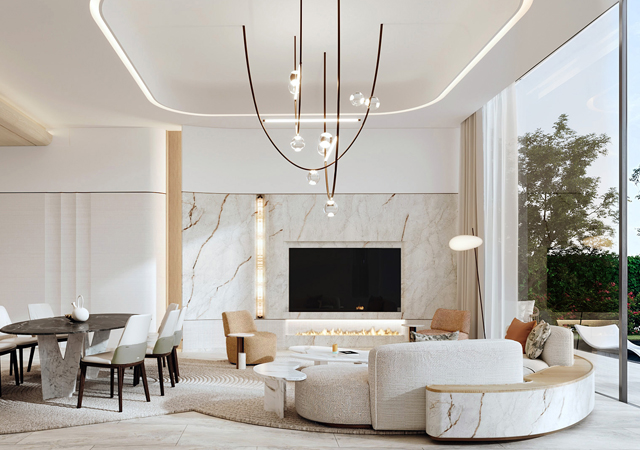


.jpg)
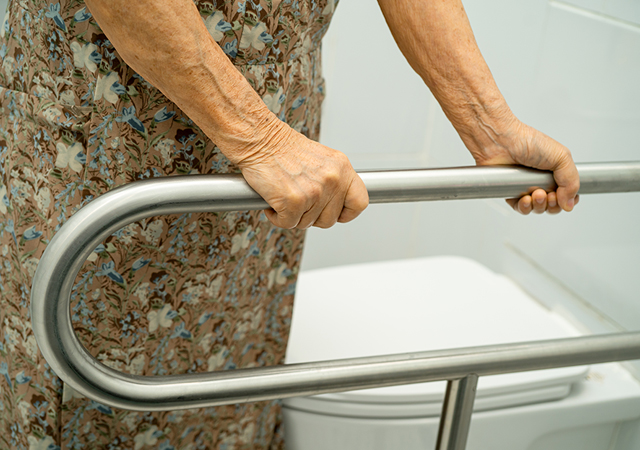



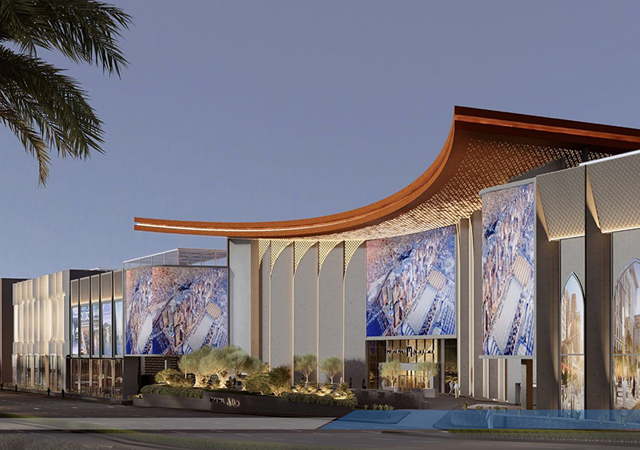
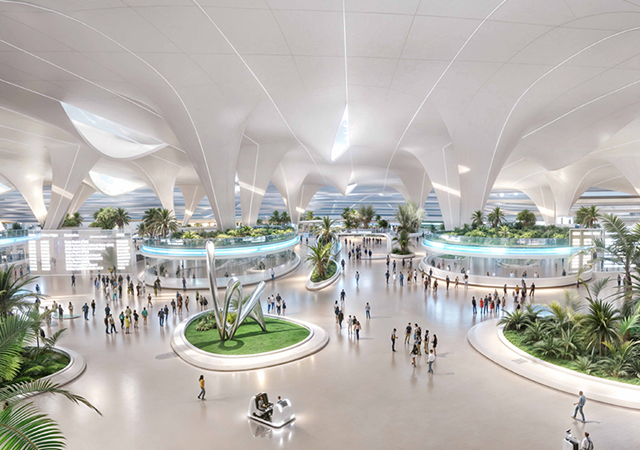
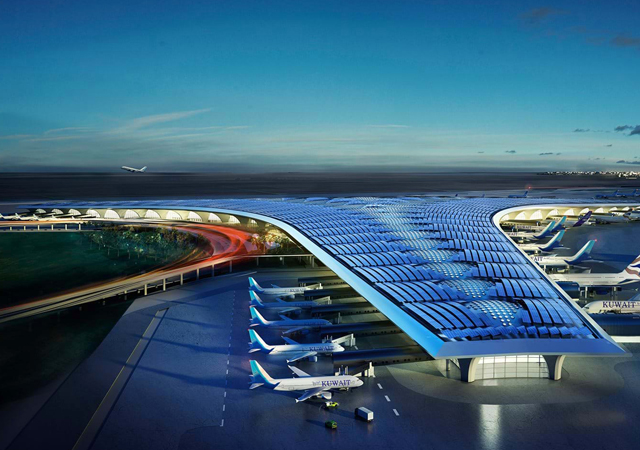
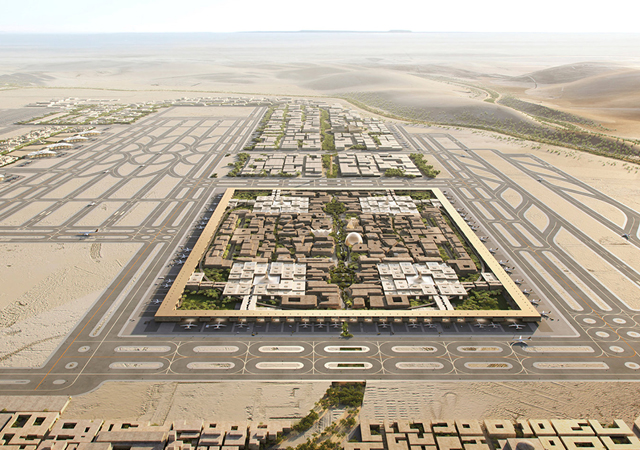
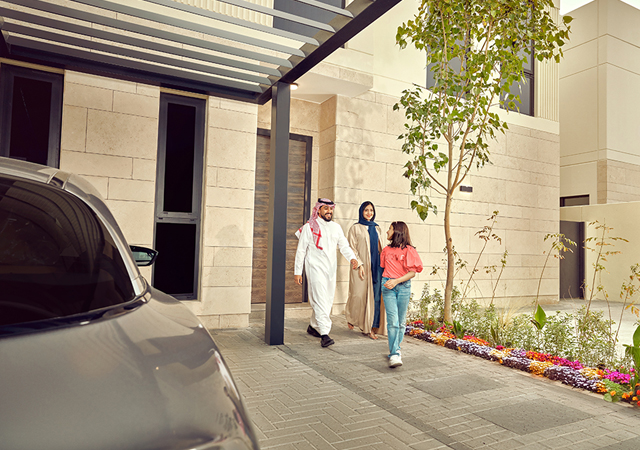
.jpg)
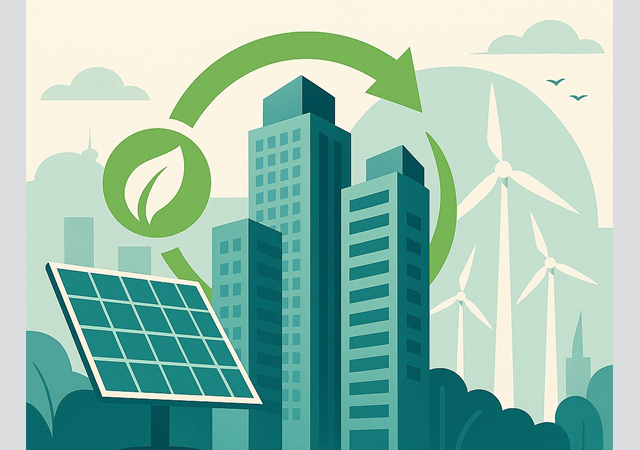
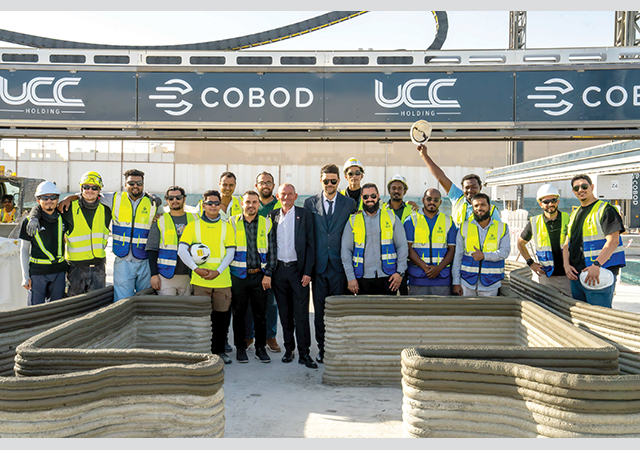
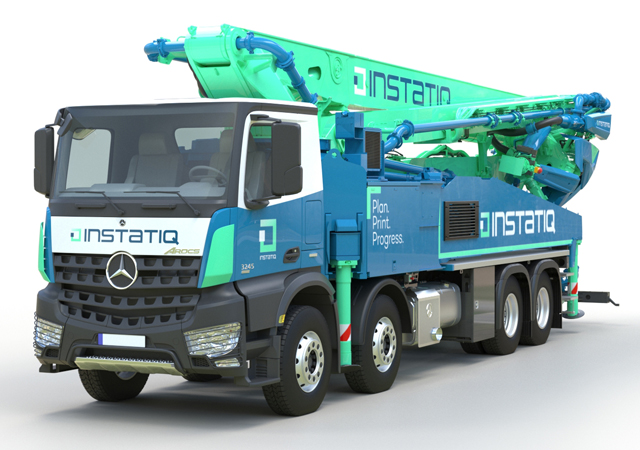
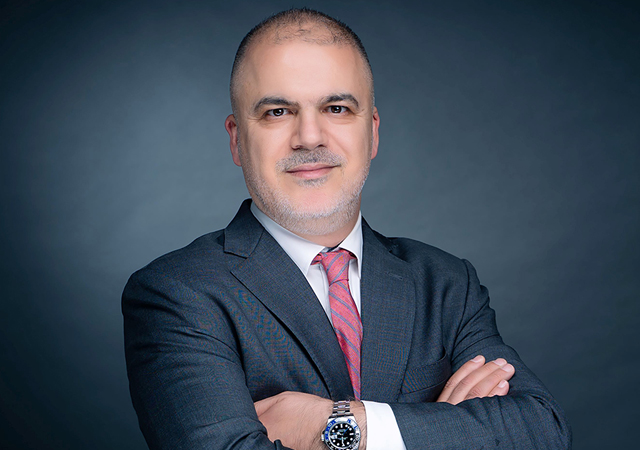
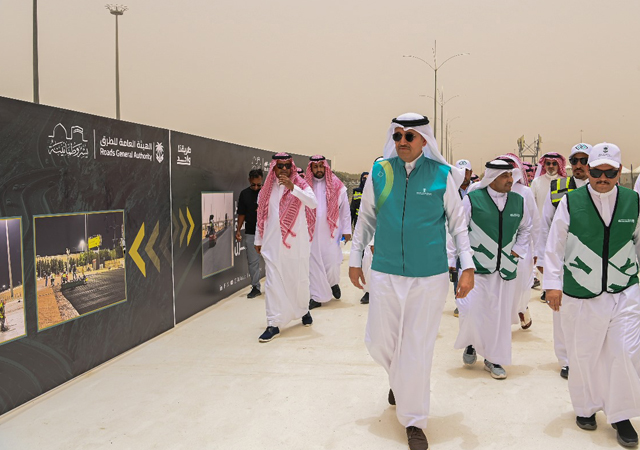
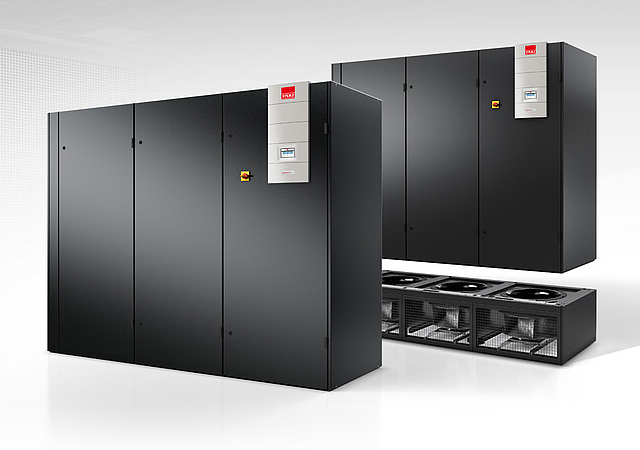
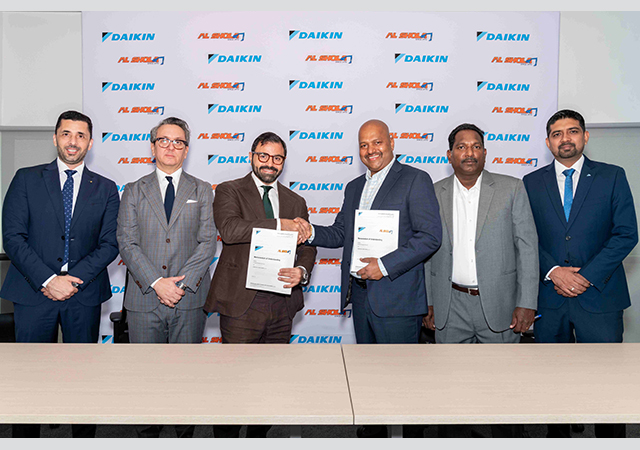

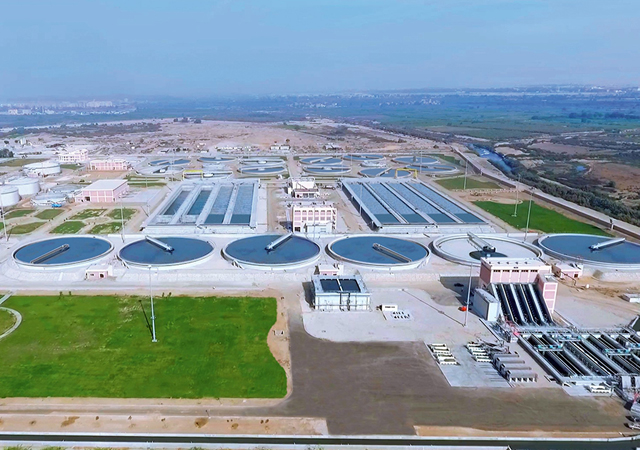

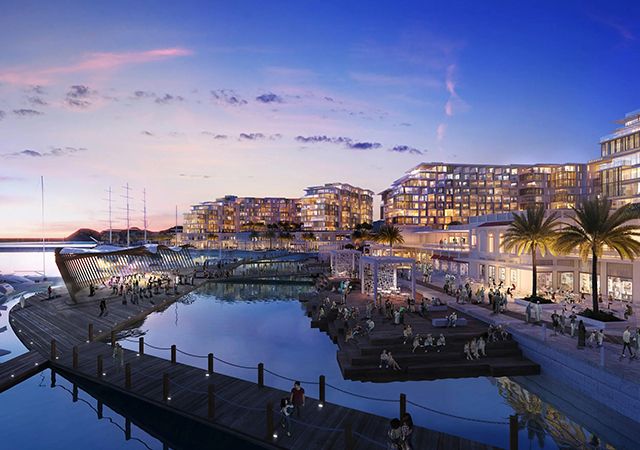

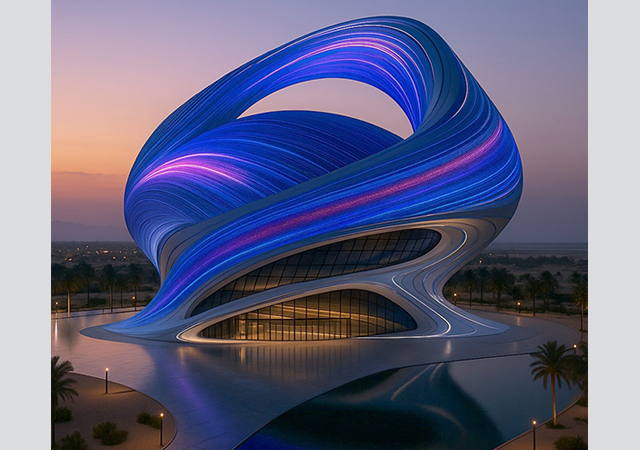
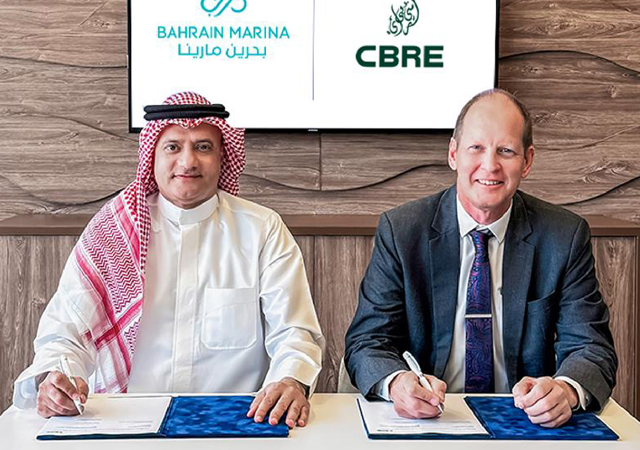
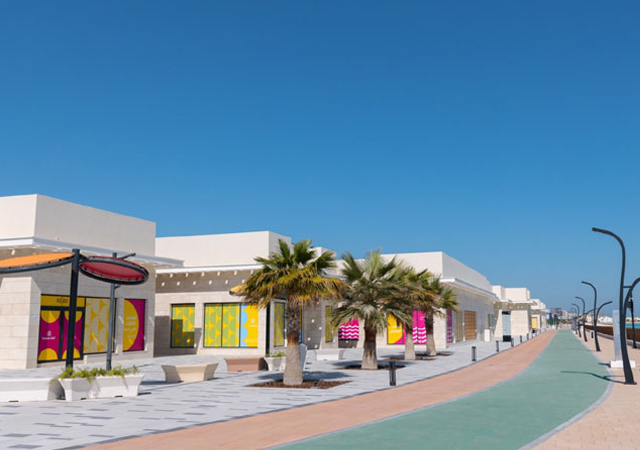
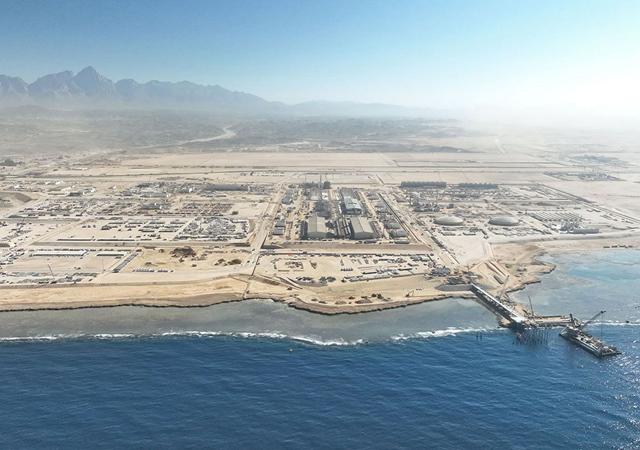
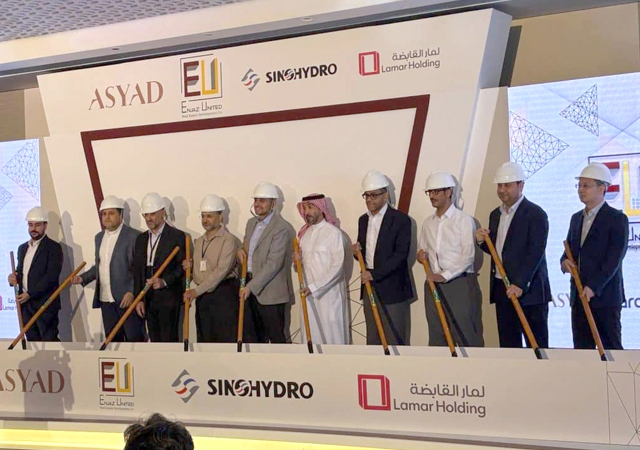
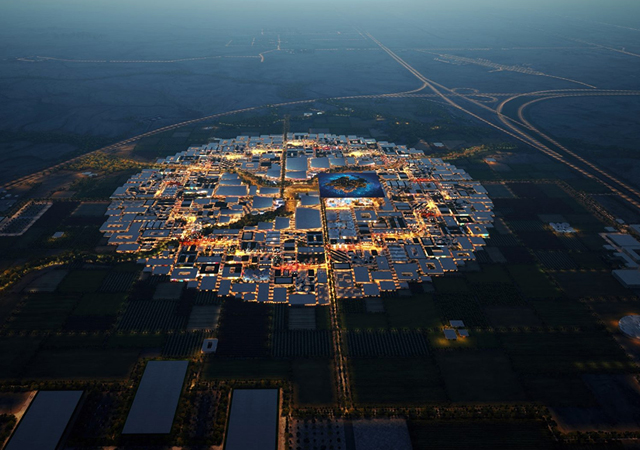
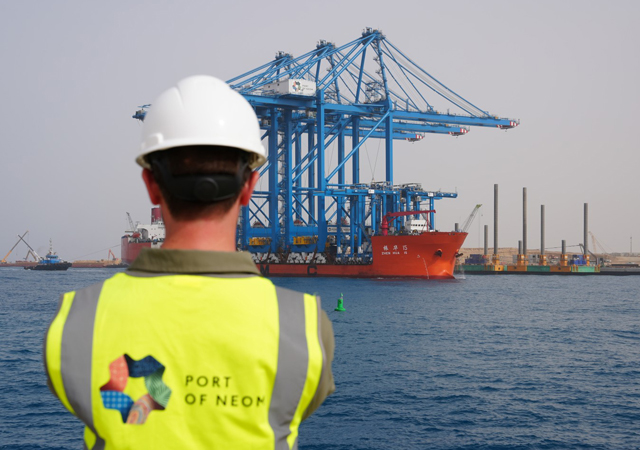
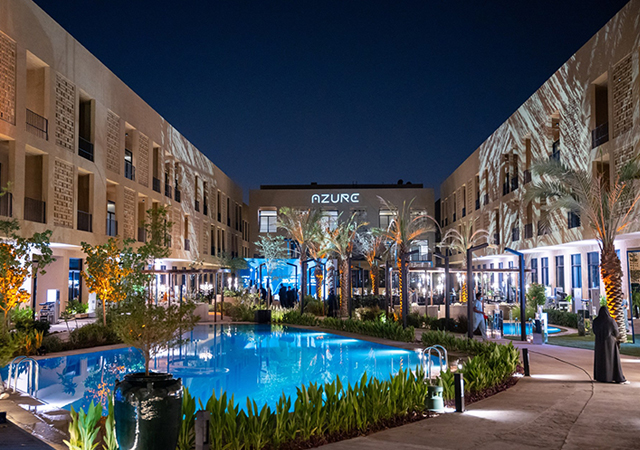
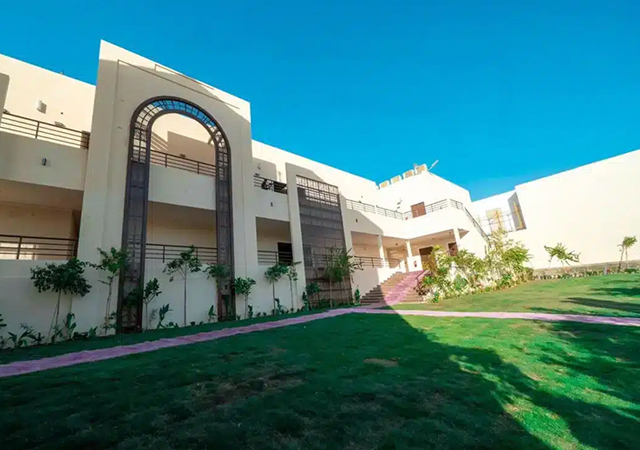

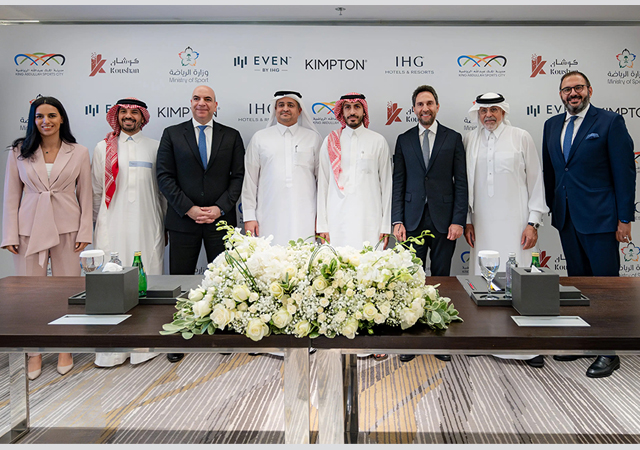
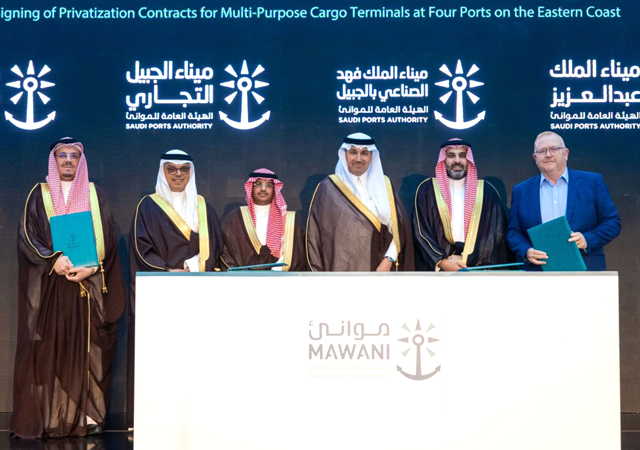
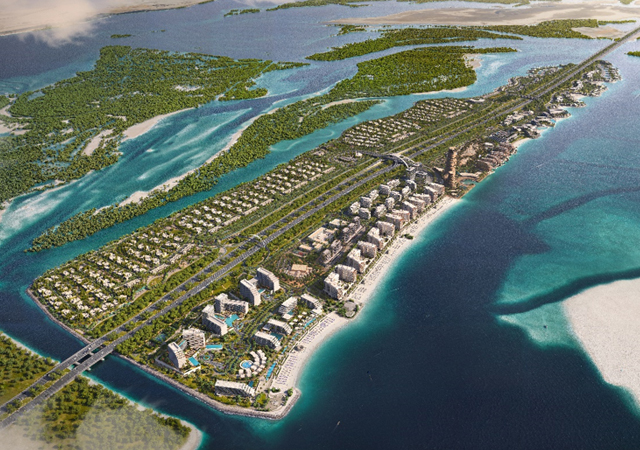
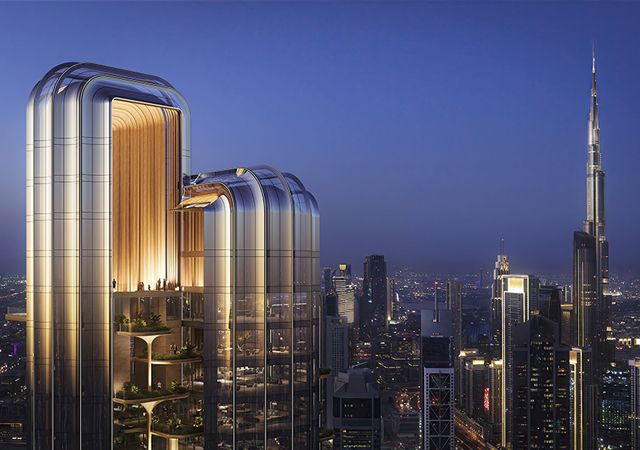
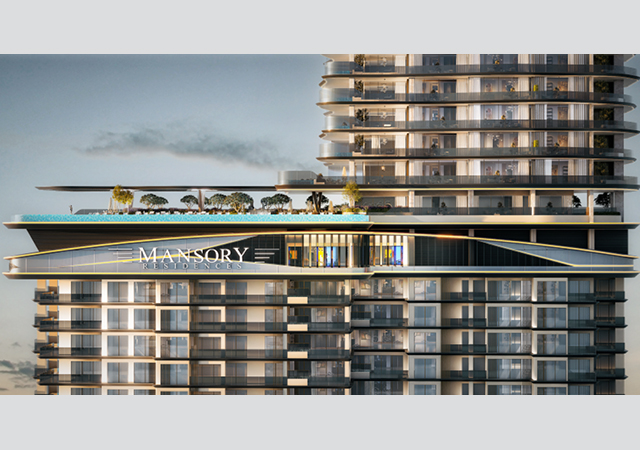
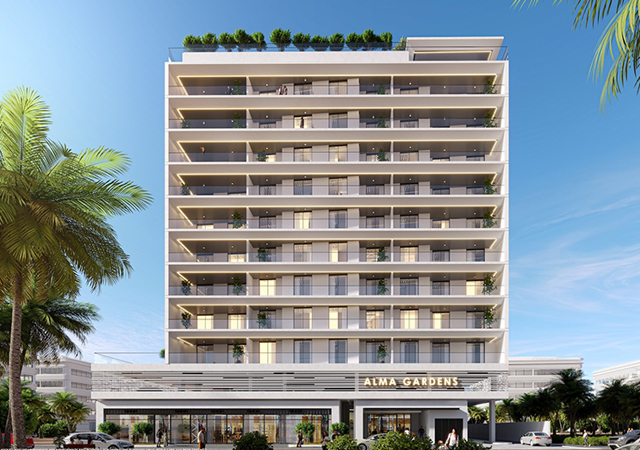

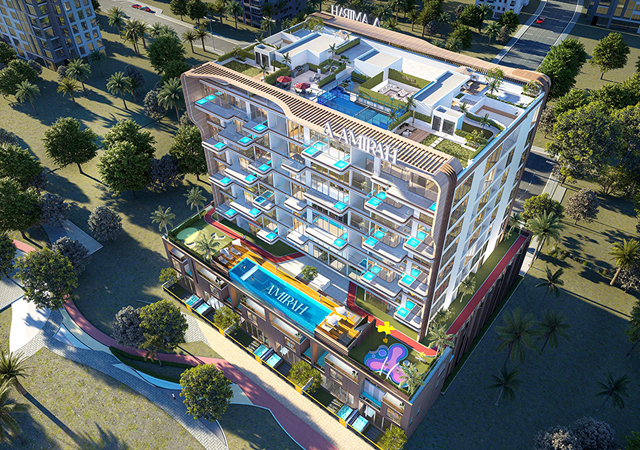
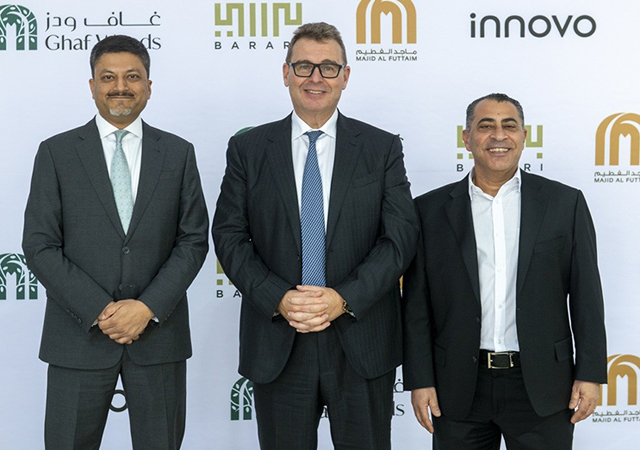
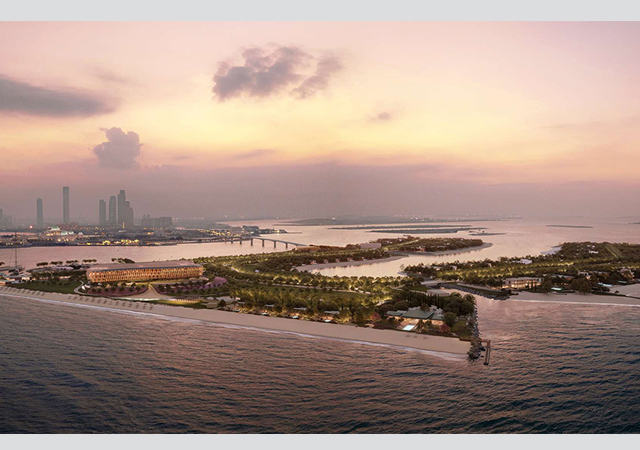
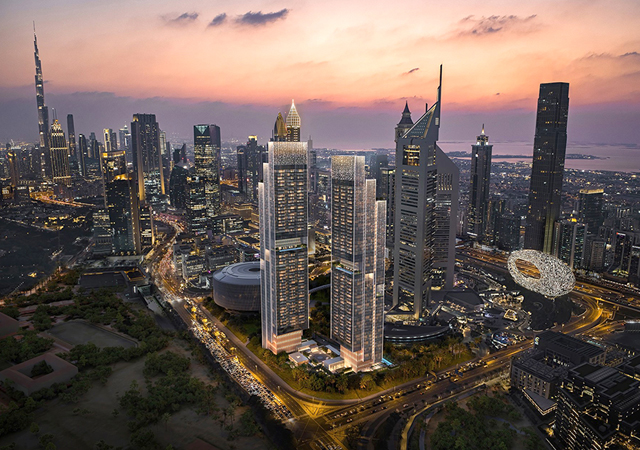
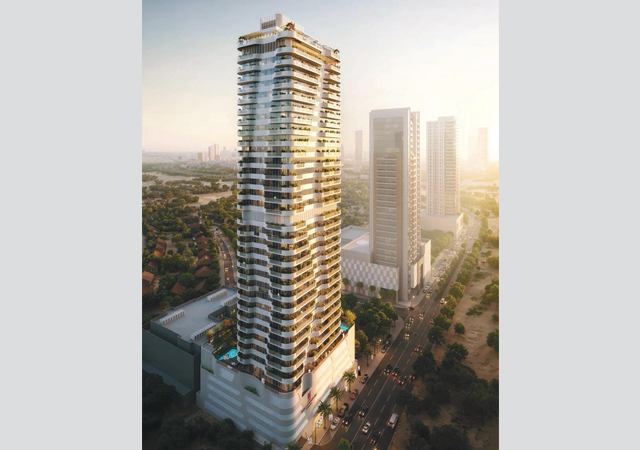

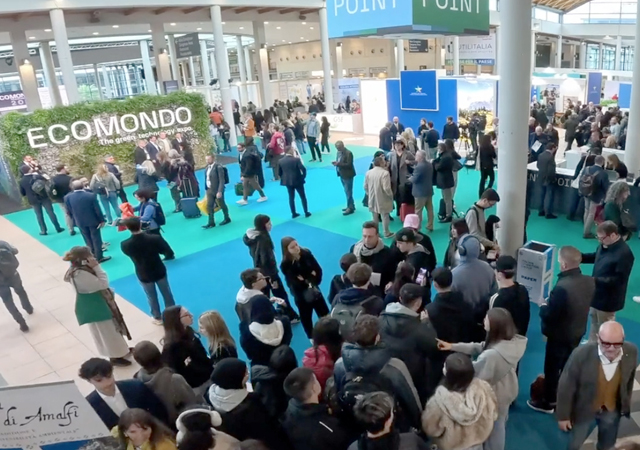
.jpg)











